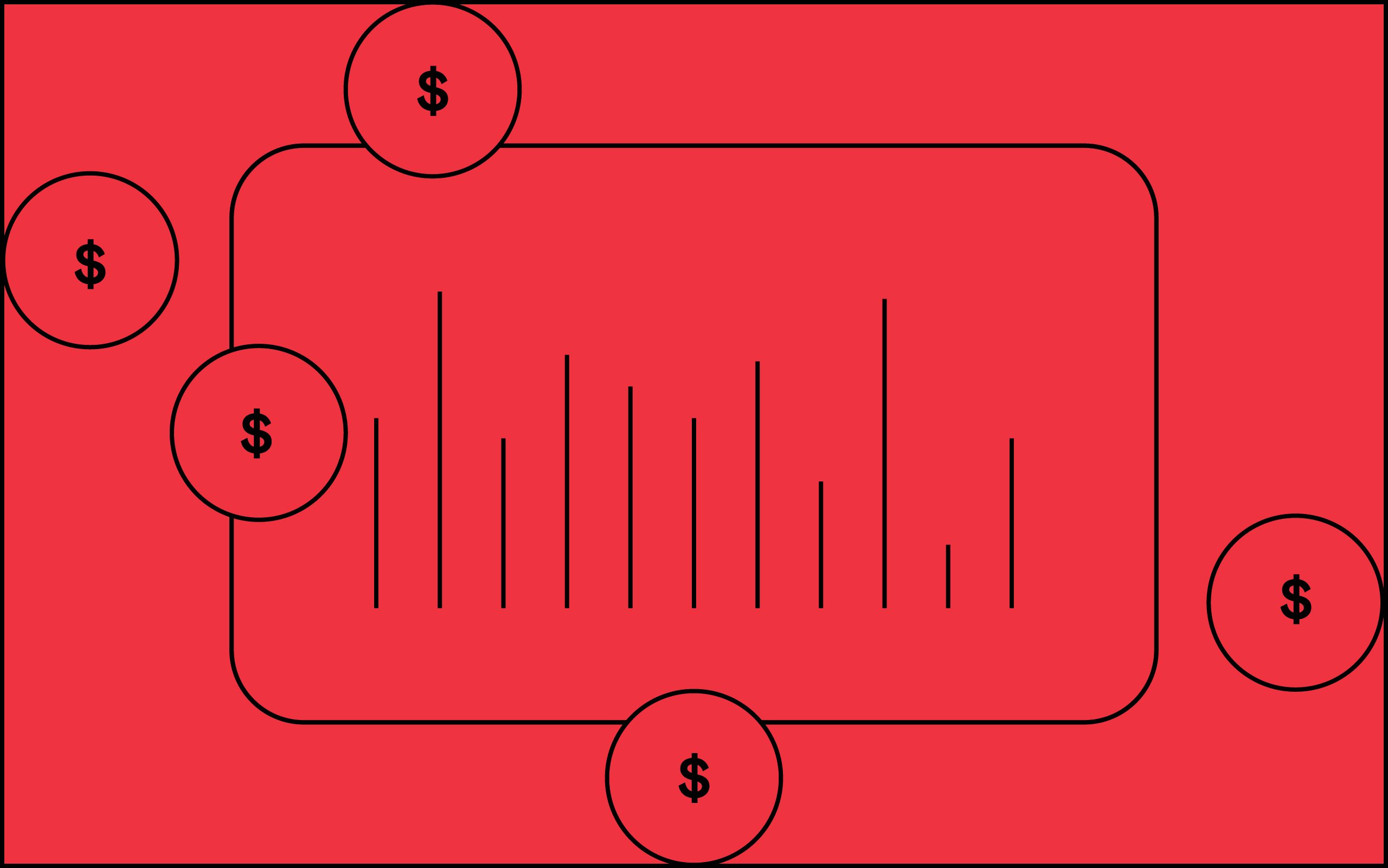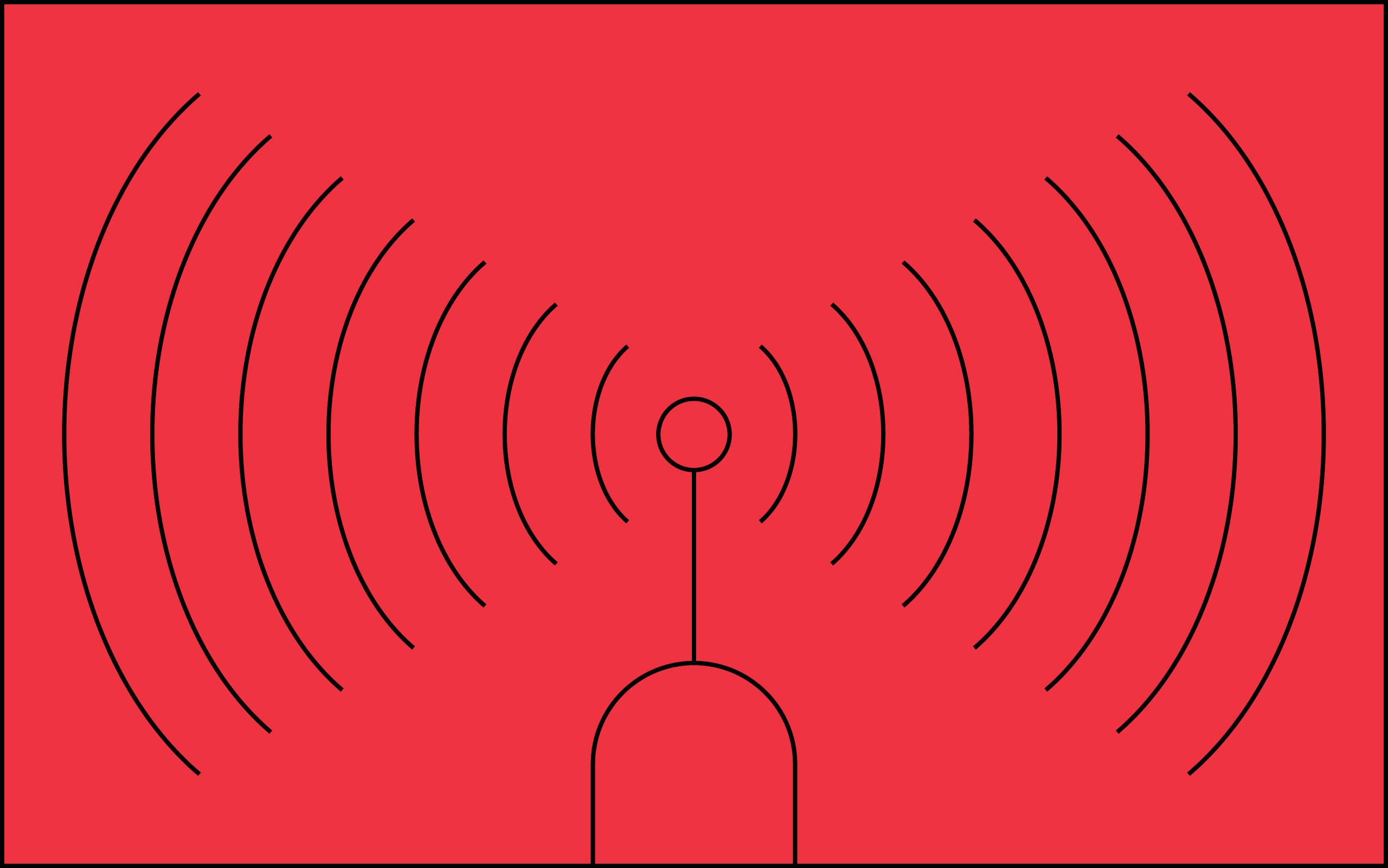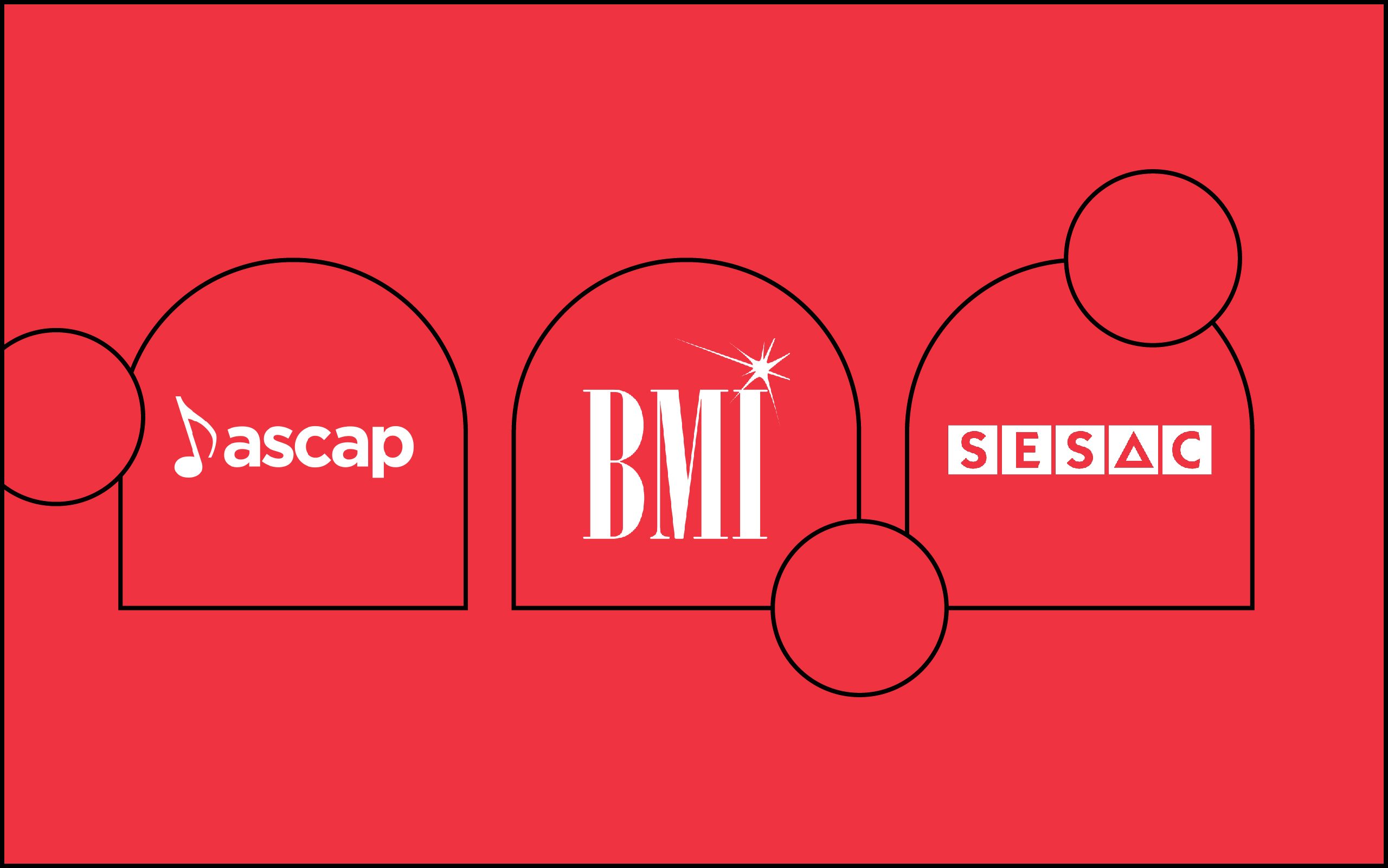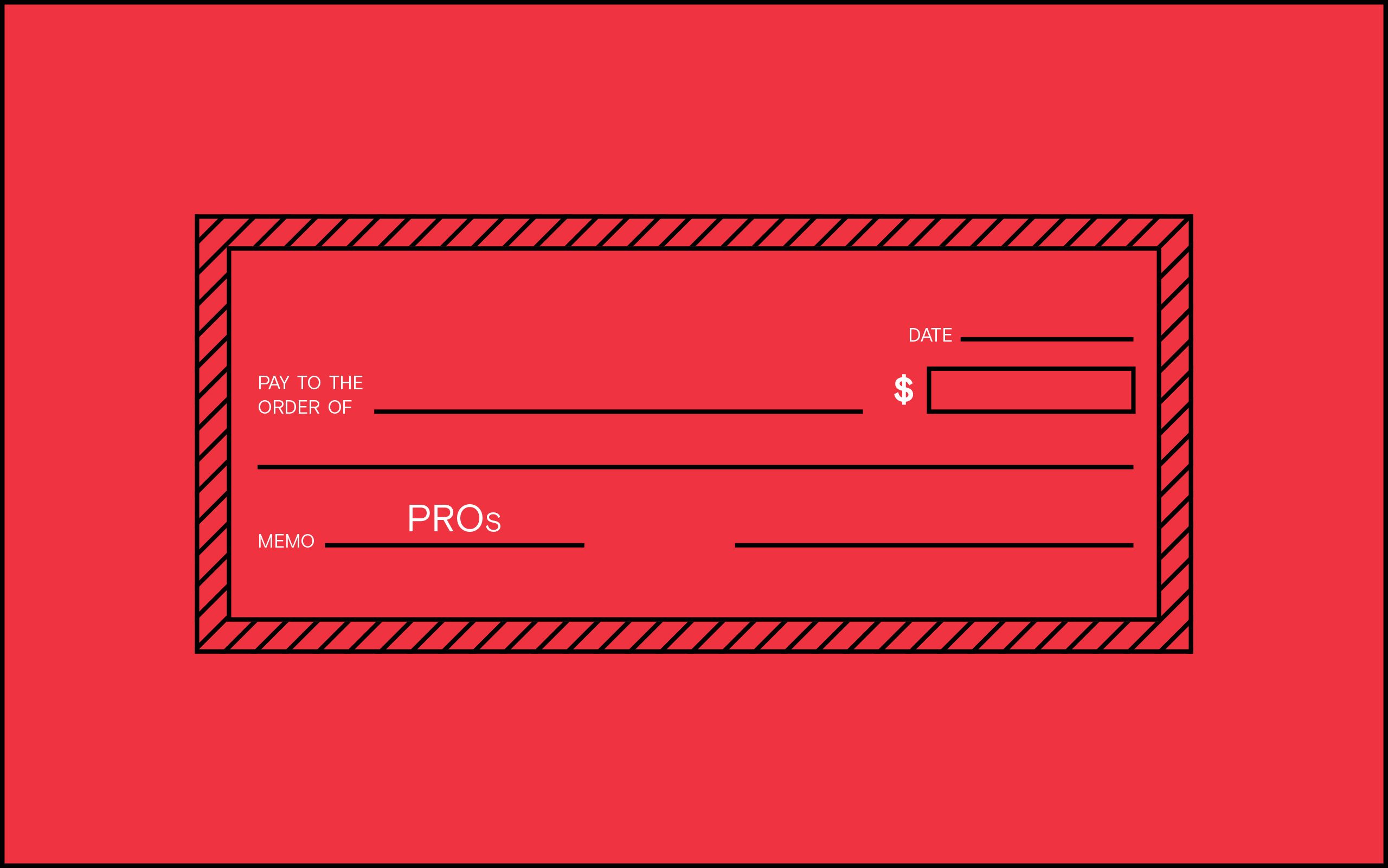For artists, hearing your own music over the speakers of your favorite café, clothing store, or venue can be a surreal experience. It’s both a major co-sign and signal that your music is spreading fast.
However, the business playing your music isn’t simply doing you a favor. They rely heavily on tunes from talented artists like yourself to convey their identity and create an ambiance that keeps customers coming back. The average store is open for sixty-six hours a week. Considering the average song lasts three minutes and 30 seconds, most stores will play around 1,500 songs a week.
For the role your music plays in supporting such business, you deserve to be fairly compensated. Yet, no matter how motivated your manager is, cutting invoices to each and every store that’s spun your last single would be a daunting task. So how do you track the plays? How do you establish a fair rate? What artist in their right mind wants to deal with more email threads?

Performance Rights Organizations
Enter PROs. Performance Rights Organizations (PROs) help songwriters and publishers (we’ll explore this term soon) collect royalties from any business, entity, or establishment that plays their music publicly. By joining a PRO group like BMI, ASCAP, or SESAC, you give them the right to track and retrieve this money on your behalf. If you have any music that’s available to the public, a PRO can make sure you’re receiving everything you’re owed.
Performance Royalties
PROs deal in cataloging, licensing, and collecting performance royalties. Simply put, whenever someone performs or plays your music in public with the intention of generating a profit, you are owed a performance royalty. For example, a band covering your latest single at a concert venue would generate a royalty that a PRO would count. Conversely, the same band covering your song for free at a private backyard cookout wouldn’t count. A store employee cueing your album to attract customers would count towards your performance royalties. The same employee listening to you in the car on their way home would not.
As you can imagine, businesses like stores, venues, and radio stations that rely on a constant stream of music generates a huge amount of performance royalties. Before exploring how exactly PROs get this money to you, it’s essential to understand which music usages lie within their domain.
What Performance Royalties Are Not
Performance royalties are easily confused with other kinds. Becoming familiar with the following music usages and their key differences can help you get the most out of your relationship with your PRO.
- Performance royalties are not mechanical royalties, which you’re owed whenever your music is pressed onto a physical object like a CD, DVD, or a vinyl record.
- Performance royalties are not synchronization (or sync), which occurs whenever your song is on the soundtrack of a film, TV show, or any performance with a script.
- Performance royalties are not digital royalties, which you receive when web radio providers like Pandora and Sirius XM stream your music for the public.

How Do PROs Work?
Each PRO maintains a catalog of songs from its artists. Rather than dealing in individual tracks, businesses can purchase a license from each PRO that grants them unlimited access to their respective libraries. Through continued contact with their licensees, a performance rights organization can track which songs are played where, so they can proportionally distribute their fees among the musicians in their roster.
For instance, say you’re a BMI member, and the “Atmos Café” wants to stream your album on repeat for days on end. First, “Atmos Café” would contact BMI and pay a licensing fee for access to its catalog. From there, BMI would track how often your music was being played at the “Atmos Café” and all its other affiliated businesses. BMI would then calculate how much money you were entitled to, and after retaining a certain amount to cover its operational costs, you’d receive a check in the mail.
Publishers Vs. Writers
The first step to joining a PRO is to sign up as either a writer, a publisher, or both. Though these terms can be a bit confusing, they’re not as complicated as they seem. To properly define them, we must talk a bit more about music copyrighting.
Whenever a song is released, it generates two copyrights: copyright for composition and copyright for the sound recording. The composition deals with the melodies and lyrics that constitute the core of the song (i.e. elements that exist across nearly every arrangement). Meanwhile, the sound recording pertains to a specific version (or master recording) of a track. This means if you were to remix your latest single and simply changed the instrumentation, it would technically be considered an entirely new sound recording, but the same composition.
PROs deal in the composition side of a song. These royalties are split amongst its writers (songwriters and producers), and publishers (people who legally own the rights to the composition). If you’re a DIY solo artist, you likely play all three roles. If you’re in a band, frequently collaborate, or are signed to a label that owns a certain percentage of your music, the lines between the roles will be more blurred.
Sound recordings don’t generate performance royalties. For now, know that as an unsigned artist, this side of music copyright is what music distribution platforms deal most in.

The Main PROs
By and large, ASCAP, BMI, and SESAC are the most famous of the American PROs. Most likely, trying to understand the differences between the three is what brought you here. As an artist and a member of ASCAP myself, I’ll speak frankly—there’s not much difference on the artist end as to which PRO you pick. I have friends, acquaintances, and collaborators who belong to each PRO and are perfectly content. After the initial sign-up, your relationship with your PRO will be largely passive compared to your booking agency or record label. The decision to join a PRO is far more consequential than which. Nonetheless, understanding the difference between the three may help you in your decision, as they each have their own fees, perks, and defining qualities.
BMI
BMI is the largest PRO with 800,000 members and a catalog of 13 million titles. As a non-profit launched by record executives in 1939, it prides itself as an “advocate for the value of music.” Anyone can join—with free membership for writers and membership fees of $150 – $250 for publishers. A contract with BMI lasts two years for writers and five years for publishers. In addition to hosting events, BMI maintains stages at several major festivals like Lollapalooza and Austin City Limits, and offers discounts for the billboard touring conference and the Songwriters Hall of Fame. BMI counts artists Lil Wayne, Lady Gaga, and Maroon 5 amongst its roster.
ASCAP
The other half of the big two, ASCAP is run solely by composers, writers, and music publishers. It’s slightly smaller than BMI with around 650,000 members and around 12 million songs in their catalog. Writers and publishers alike can pay a $50 fee to join or $100 to register as both. Perhaps its most appealing feature is that ASCAP’s contracts only last one year, after which you can renew or switch organizations. Along with its own event programming, ASCAP offers members discounts on health, dental, and life insurance. They boast Kendrick Lamar, Justin Timberlake, and Beyoncé as members.
SESAC
As far as PROs are concerned, SESAC takes a divergent path. Unlike BMI or ASCAP, SESAC is a for-profit organization and exclusively invite-only. With a membership of just 60,000 and only 340,000 songs under its belt, they can afford to be far more hands-on with its artists. They offer members a range of discounts on magazines, cellphones, and music gear, as well as hosting its own set of networking events. Adele, Bob Dylan, and Mariah Carey are all SESAC members.

Picking a PRO
It’s important to note that writers (read: songwriters and producers) can only join one PRO at a time. Joining more than PRO is technically fraud, and you can find yourself in legal trouble if you receive multiple checks for the same work. On the other hand, publishers can work with multiple places to accommodate the number and diversity of the works they likely have rights over.
Don’t overthink things. Ask a few of your peers which organization they’ve joined and why. Try to attend a few showcases and network with employees from each PRO. Establishing a strong enough relationship with any organization so that they are personally invested in your career should be more than enough to tip the scales in their favor. If all else fails, pick the agency that most accommodates your budget, has a contract length you’re comfortable with or has another perk that catches your eye.
Being a DIY artist can be trying. Being sure you’re not leaving any money on the table can make things that much easier. With a PRO behind you, you’ll open up another income stream that can help support your career and bring your dreams of being a full-time artist a little closer to reality.
Corey Smith-West is a writer, producer, and guitarist based in New York City. He’s one half of the Surf R&B duo, Bathe, and has also written for Pitchfork, GQ, and Bandcamp.
Interested in writing for Level? ↳





